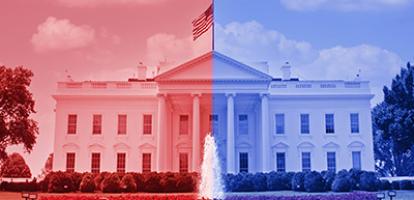From: Jon Johnson
To: Global Affairs and the Canadian Automotive Industry
Date: January 20, 2020
Re: Reconciling US Implementing Legislation and CUSMA Uniform Regulations Requirements
The bill implementing CUSMA passed by the US Senate last week requires that the Treasury Secretary prescribe regulations setting out procedures and requirements for a vehicle producer to meet the steel and aluminum purchase requirement in the new deal, as well as its labour value content (LVC) provisions.
Those requirements are contained in the Automotive Appendix to the CUSMA rules of origin (ROOs). The implementing legislation also requires that the US Trade Representative publish procedures and guidance to implement the alternative staging regime provisions set out in the Automotive Appendix. Such regimes permit a producer to phase in higher vehicle content thresholds for a limited percentage of its production over longer periods than set out in the ROOs.
CUSMA requires that the US, Canada and Mexico adopt Uniform Regulations “regarding the interpretation, application, and administration” of the CUSMA ROOs. To be “uniform,” the regulations must be agreed to by the three CUSMA parties. The US implementing legislation recognizes the Uniform Regulations obligation by expressly requiring that “interim or initial regulations to implement the Uniform Regulations” regarding the CUSMA ROOs be prescribed not later than the date on which the CUSMA enters into force.
But there is a disconnect. How can the provisions in the US implementing legislation that require the Treasury Secretary to prescribe regulations respecting steel and aluminum purchase and the LVC requirements, and that require the Trade Representative to publish procedures respecting alternative staging regimes, be reconciled with trilaterally-agreed Uniform Regulations, which CUSMA requires and for which the US implementing legislation provides? Or can they?
The US implementing legislation requires that the Treasury Secretary’s regulations set out “the procedures and requirements for a producer of covered vehicles to establish that the producer meets the steel and aluminum purchase requirements for preferential tariff treatment.” Similarly, the Treasury regulations must also set out “the procedures and requirements for a producer of covered vehicles to establish that the producer meets the labor value content requirements for preferential tariff treatment.”
However, the CUSMA Automotive Appendix expressly requires that “any certification or verification provisions” for the steel and aluminum purchase requirements and the LVC requirements be included in Uniform Regulations.
The US implementing legislation requires that not later than 90 days after the date the implementing legislation is enacted, the Trade Representative shall publish “requirements, procedures, and guidance required to implement’’ alternative staging regimes, with extensive details as to what the procedures must contain.
However, the CUSMA Automotive Appendix requires that “matters for implementation of any transition arrangements” (i.e., staging regimes) be included in the Uniform Regulations.
The US implementing legislation contains a potential conflict between its requirement that “interim or initial regulations to implement the Uniform Regulations” be prescribed, and its separate requirement that the Treasury Secretary prescribe regulations and Trade Representative publish requirements covering the areas described above that the CUSMA Automotive Appendix clearly requires be covered by the Uniform Regulations.
The conflict can be reconciled if the development by the Treasury Secretary of its regulations and the development by the Trade Representative of its requirements is merged with the process of developing the Uniform Regulations, with the result being agreed to by the three CUSMA Parties. However, Global Affairs Canada should point out that the US will breach its CUSMA obligations if it unilaterally (i.e., without Canadian and Mexican agreement) adopts regulations and requirements covering areas that CUSMA requires be dealt with by the Uniform Regulations.
Jon Johnson is a former advisor to the Canadian government during the NAFTA negotiations and is a Senior Fellow at the C.D. Howe Institute.
To send a comment or leave feedback, email us at blog@cdhowe.org.
The views expressed here are those of the author. The C.D. Howe Institute does not take corporate positions on policy matters.





